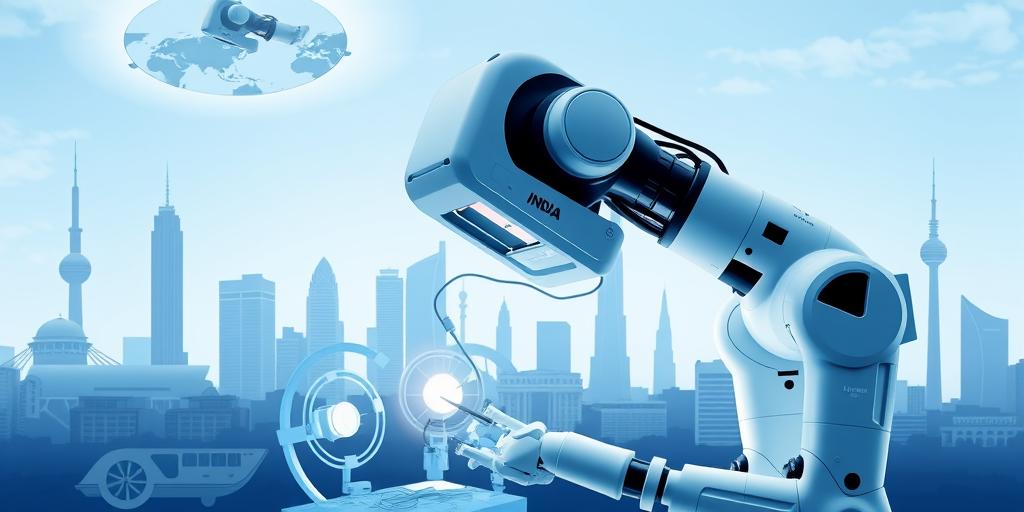Robotic surgery is rapidly evolving, with significant adoption and advancements expected by 2025, both globally and specifically in India. This article provides an informative overview of the current state and future trends of robotic surgery, focusing on adoption rates, technological advancements, and regional insights.
Global Adoption Trends
The global robotic surgery market has seen consistent growth, driven by factors such as an aging population, increasing demand for minimally invasive procedures, and technological advancements. North America currently holds the largest market share, but the Asia-Pacific region, particularly India and China, is projected to experience the highest growth rate.
Drivers of Global Adoption:
- Aging Population: The increasing elderly population requires more surgical interventions.
- Minimally Invasive Procedures: Reduced recovery times and lower complication rates drive demand.
- Technological Advancements: Enhanced precision, visualization, and dexterity improve surgical outcomes.
Robotic Surgery in India: A Growing Market
India’s healthcare sector is undergoing a transformation, with increasing investments in advanced medical technologies. Robotic surgery is gaining traction, particularly in major metropolitan areas, due to the availability of skilled surgeons and a growing awareness among patients.
Key Factors Influencing Adoption in India:
- Rising Healthcare Expenditure: Increased public and private healthcare spending.
- Medical Tourism: India is becoming a hub for medical tourism, attracting patients seeking cost-effective, high-quality surgical options.
- Government Initiatives: Government support for healthcare infrastructure and technology upgrades.
Technological Advancements Expected by 2025
Several technological advancements are poised to shape the future of robotic surgery:
- Enhanced Imaging: Integration of advanced imaging techniques like augmented reality (AR) and intraoperative MRI for real-time visualization.
- Artificial Intelligence (AI): AI-powered surgical planning, real-time decision support, and automated tasks.
- Haptic Feedback: Improved haptic feedback systems to provide surgeons with a better sense of touch and tissue manipulation.
- Miniaturization: Development of smaller, more flexible robots for accessing difficult-to-reach anatomical locations.
- Remote Surgery: Expansion of remote surgery capabilities, enabling surgeons to operate on patients in remote areas or during emergencies.
Challenges and Opportunities
Despite the promising outlook, several challenges need to be addressed for wider adoption:
- High Costs: The initial investment and maintenance costs of robotic systems can be prohibitive for many hospitals.
- Training and Expertise: Adequate training and certification programs are essential to ensure surgeons are proficient in robotic techniques.
- Regulatory Frameworks: Clear regulatory guidelines are needed to govern the use of robotic surgery and ensure patient safety.
Conclusion
Robotic surgery is set to play an increasingly important role in healthcare, offering numerous benefits for both patients and surgeons. By 2025, advancements in technology, coupled with increasing adoption rates in regions like India, will drive significant growth in the field. Addressing the existing challenges will be crucial to realizing the full potential of robotic surgery and ensuring equitable access to this advanced technology.
